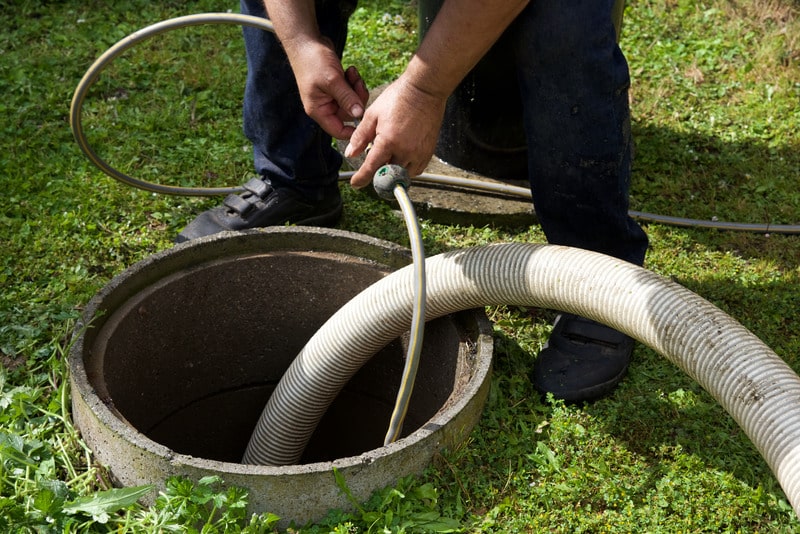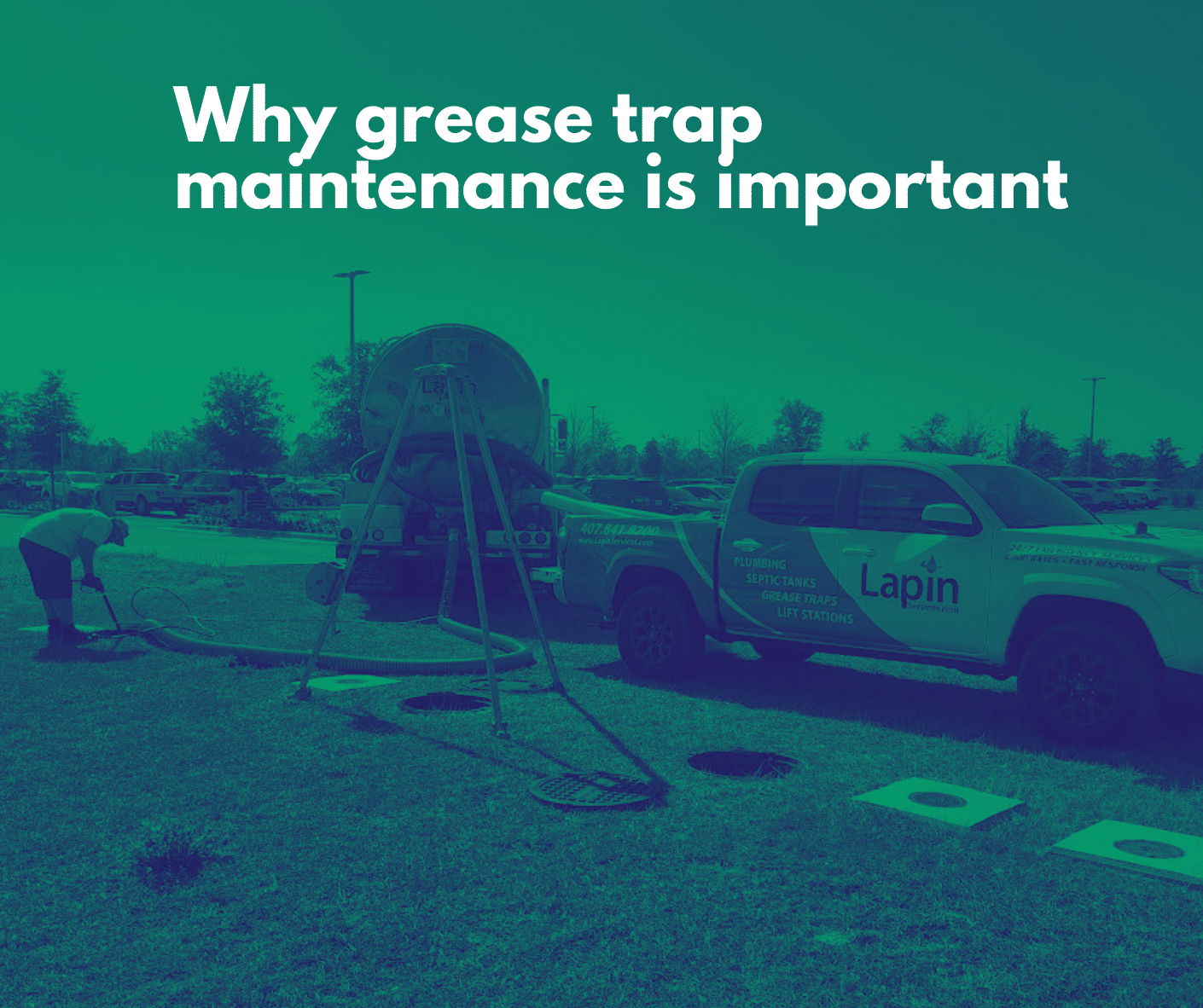Stillwell Septic And Grading Fundamentals Explained
Stillwell Septic And Grading Fundamentals Explained
Blog Article
About Stillwell Septic And Grading
Table of ContentsStillwell Septic And Grading Fundamentals ExplainedSome Known Factual Statements About Stillwell Septic And Grading Some Ideas on Stillwell Septic And Grading You Should KnowLittle Known Questions About Stillwell Septic And Grading.Little Known Facts About Stillwell Septic And Grading.How Stillwell Septic And Grading can Save You Time, Stress, and Money.
Repair leaking faucets and plumbing fixtures. https://www.pageorama.com/?p=stillwellsag. A dripping toilet can squander numerous gallons of water a day. Take shorter showers. Pursue much less than 5 and do the shower jive. Take baths with a partially-filled tub and do not leave the tap running when doing other tasks. Laundry only complete loads of dishes and laundry.
Fascination About Stillwell Septic And Grading
Prevent shedding piles of fallen leaves or branches over the drainfield, as the heat might damage the plastic pipes listed below. Limitation the addition of topsoil or garden compost to no even more than a couple of inches over the drainfield. Septic Tank Installation. A great regulation of thumb for landscape design over drainfields is to use shallow-rooted plants that do not need additional topsoil to prosper
Turf is the very best cover. Prevent trees, hedges, and water-loving plants with deep roots. Yards, blended wildflowers, and ground covers with shallow origins are excellent alternatives. Plant trees and bushes at least 30 feet far from your septic tank and drainfield to maintain roots from entering and breaking or clogging the drainfield pipes.
For additional information please see the Landscaping Your Drainfield web page. A septic system failing causes without treatment sewage to be launched and delivered to where it must not be. This might cause sewer ahead to the surface of the ground around the tank or the drainfield or to support in pipelines in the structure.
Top Guidelines Of Stillwell Septic And Grading
In a lot of cases, the individual who falls in gets out without severe injury. A kid's awful death is a suggestion to check your septic system for damaged or missing out on covers. https://pubhtml5.com/homepage/yjzcx/. Owners of septic systems are in charge of guaranteeing the systems are secure and feature effectively, including having a secure cover on the containers
Routinely evaluate the condition of the lids for risks or troubles. Keep the covers safe and secure by repairing or changing all harmed or missing out on components. Usage bolts, screws, or various other locks to protect the lids and avoid simple accessibility. Never ever drive or park lorries on top of septic tanks- it can harm or dislodge the cover.
Some Of Stillwell Septic And Grading
Make sure the covers are secured after working on your septic tank. Show kids that the sewage-disposal tank covers are not to be used or opened. Have septic tanks that are no longer in operation appropriately decommissioned. For various other basic safe practices around septic tanks please evaluation the Septics 201 DIY Program Septic Security Tips.
Keeping in mind the degrees will help figure out if there is a possible concern with the system. The tank will certainly be totally pumped down, eliminating all of the fluid and solid waste - Setpic System Repairs. Once the container is completely pumped, the inlet and electrical outlet tees of the will be inspected to guarantee they are still intact and functioning properly
The Greatest Guide To Stillwell Septic And Grading
If you are home at the time of solution (absolutely not called for if that's not your point) you may be asked to flush your bathrooms to guarantee every little thing is streaming appropriately. When the solution is complete, the septic storage tank will be covered as it was when we got here! Experts suggest having your system pumped every 3 to 5 years but several variables should be considered when deciding exactly how frequently your sewage-disposal tank requires to be serviced.

If you are experiencing odors in your home, offer us a phone call. This could be a sign of an approaching septic back up! Potentially. If your septic has not been serviced in more than 6 months, we would want to service the septic. If the problem continues, a drain cleaner will certainly after that be sent to get rid of the line to the septic storage tank.
Stillwell Septic And Grading for Dummies

If the ponding is concentrated over the leach area that could mean a leach line is blocked with Bio-Mat and requires to be repaired or replaced. Many sewage-disposal tanks have 2 to 3 covers; one over the inlet side of the sewage-disposal tank (where the water from your home gets in the tank), one in the center of the tank, and one on the outlet side of the tank (where the fluid from the tank departures to your leach area).
Chopped up food bits do not damage down in the sewage-disposal tank and can make their escape into your leach area lines causing blockages. Garbage disposals, also those marked septic risk-free, are not taken into consideration advantageous for your septic system. Proper working level is where the water degree in your container meets the outlet tee of the container.
Report this page